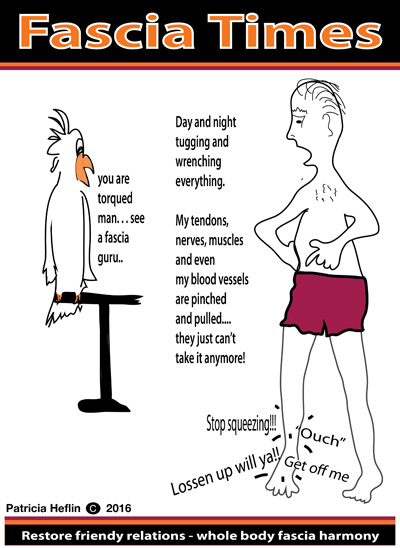(Watch video first!)
That suffocating feeling we experience when our best efforts are not enough. It disrupts our sleep and gets our minds immersed in myriad fretful thoughts as we keep searching for answers.
That feeling, my friends, is frustration.
But frustration is not necessarily bad. Frustration is what makes us realize that the answers we seek are not currently in our repertoire, and that we have to keep searching, learning, and reaching new dimensions.
It was frustration what first led me to the manual therapy field but it wasn’t the primary factor that made me choose Counterstrain as my preferred modality. Rather, it was the speed, accuracy, and gentleness of Counterstrain what won me over and made me adopt it as my fulltime occupation.
While I give you the full details in the video above, I can give you a quick summary here.
1. – Speed of Assessment – I used to think that a thorough assessment should take between fifteen to thirty minutes of measuring and charting. That all changed in November 2012, in Portland, Oregon, when I witnessed Brian Tuckey perform a cranial scan. Watching the creator of the Fascial Counterstrain system pinpoint the source of a dysfunction in seconds was astonishing and inspiring. I vowed, then, that I would study and practice non-stop until I made the cranial scan an integral part of my manual therapy skills.
I’m now happy to report that the days of extensive assessments are long gone and instead, I devote the extra time to treatment. This does not mean I have discarded my previous assessments completely. From time to time, I will use some portions if I feel they can provide with objective markers.

2. – Precision of Assessment – I used to think that when it came to assessments, speed and accuracy were inversely proportional. Exposure to the cranial scan showed me how wrong I was. Fascial Counterstrain identifies protective reflex arcs that create dysfunctions in the different systems of the body by identifying tender points (or trigger points) in different regions. Currently, there are hundreds of tender points, and they all have to be treated sequentially.
And this is where the cranial scan reveals its power. A skilled Counterstrainer knows that the cranial scan will reveal not only in which system, but also in what area of the system the protective reflex arcs are, all in a matter of minutes.
3. – Gentleness of Treatment – Perhaps the one aspect that continually awes all my patients. How is it possible to deliver so much relief with such a gentle manipulation? Gone are the days of digging my thumbs and elbows in tender areas. In addition, the gentleness of Counterstrain makes it possible for me to serve folks who are too sensitive or frail for my previous work.
4. – Frustration – I’ve always been passionate about helping others improve their lives. Imagine my frustration when those I’m serving see their progress halted by pain or an injury that materialized out of nowhere. I could not help but feel personally responsible, more so when those experiencing the pain also included many of my loved ones.
After witnessing what manual therapy, especially Counterstrain, did for all of them, my frustration turned into the drive to study manual therapy and master Counterstrain.
As you can see, I love Counterstrain for all the amazing changes it’s made not only in my life, but also in the lives of my loved ones, and in the lives of those I serve through my practice.

But I remain objective and continue searching. Should I ever stumble upon a modality that can deliver as much relief as Counterstrain, but with more speed, precision, and gentleness, I will not hesitate to master it.
That’s hard to visualize at this point, though. Counterstrain continues evolving and refining, revealing new layers and new systems at a swift pace. By the time I’ve mastered the latest additions, new developments have arrived.
And I can’t tell you how happy and excited this makes me!
Until next time, may you enjoy a fit and pain-free life!

